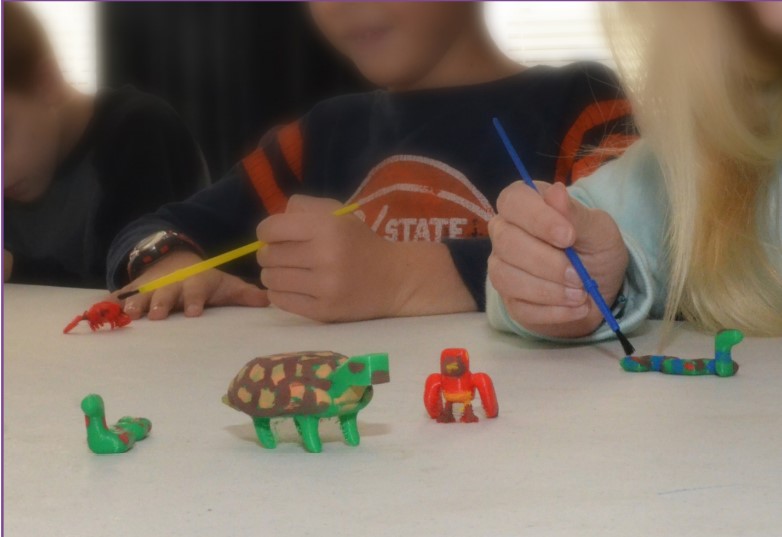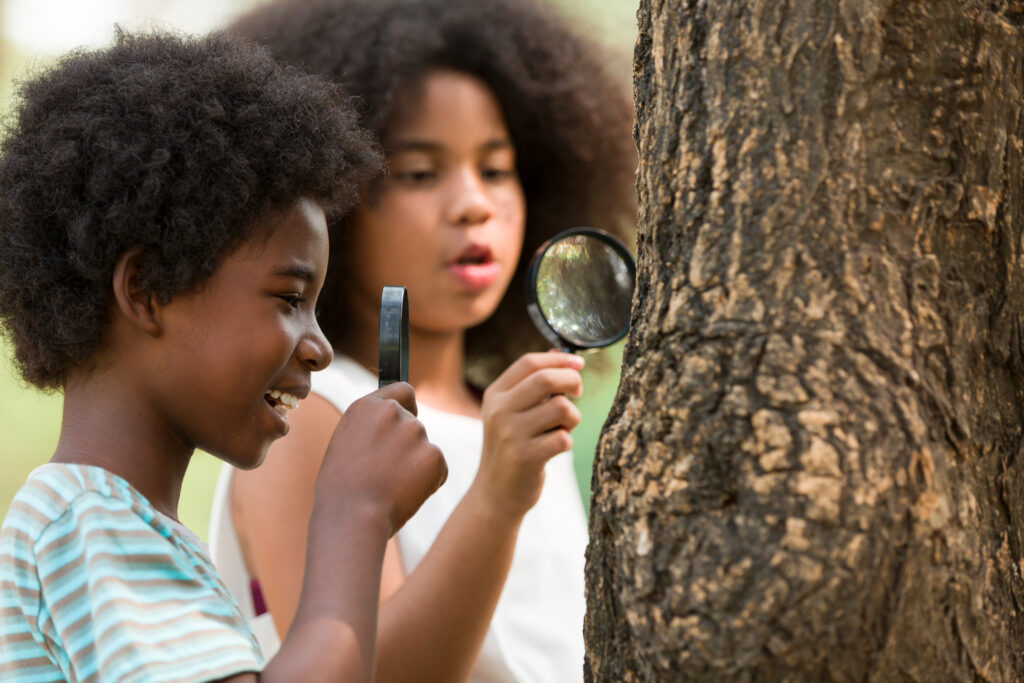
Exploring STEM Through Nature: Engaging Activities for Curious Minds
In today’s fast-paced world, nurturing curiosity and innovation among students is essential. One way to achieve this is by integrating STEM (Science, Technology, Engineering, and Mathematics) activities with the wonders of nature. From exploring ecosystems to understanding the physics behind natural phenomena, a wealth of learning opportunities is waiting to be uncovered outdoors. Let’s delve into some exciting ways to incorporate nature into STEM education.
Outdoor Field Trips
Take learning beyond the classroom walls with immersive outdoor field trips. Visit local parks, botanical gardens, or nature reserves to observe biodiversity, ecosystems, and geological formations up close. Students can document their findings, identify plant and animal species, and even conduct simple experiments to understand ecological principles.
Why not check out the SOLIDWORKS Apps for Kids Classroom sample lesson “Animals in Habitats” to continue the learning experience in the classroom?

Environmental Science Projects
Encourage students to tackle real-world environmental challenges through hands-on projects. From designing water filtration systems to studying air quality or conducting soil analyses, there are endless opportunities to apply STEM concepts to address pressing environmental issues. These projects foster critical thinking, problem-solving skills, and a sense of environmental stewardship.
Students can later use SOLIDWORKS Apps for Kids to model their concept and bring it to life.
Nature-inspired Engineering Challenges
Tap into nature’s engineering marvels to inspire creative problem-solving. Challenge students to design structures inspired by natural phenomena such as bird nests, spider webs, or plant structures. They can explore concepts like biomimicry and apply engineering principles to create innovative solutions for sustainable design and construction.
In SOLIDWORKS Apps for Kids Classroom, the “Creating a New Dolphin Tail” sample lesson encourages students to observe dolphins in their natural habitat to design a prosthetic tail.
Astronomy and Astrophysics Observations
Stargazing offers a unique opportunity to explore celestial phenomena and deepen students’ understanding of astronomy and astrophysics. Organize nighttime observation sessions to observe constellations, planets, and celestial events like meteor showers or lunar eclipses. Students can learn about the scientific method, data collection, and astronomical phenomena while experiencing the beauty of the night sky.
Citizen Science Initiatives

Engage students in citizen science projects that contribute to ongoing research efforts. Encourage them to participate in wildlife monitoring, bird counting, or environmental data collection initiatives. By collecting and analyzing real-world data, students contribute to scientific research and gain valuable insights into scientific inquiry and data analysis.
Outdoor Physics Experiments
Explore the laws of physics through outdoor experiments and demonstrations. Students can investigate concepts like motion, gravity, and energy transfer by launching rockets, building simple machines, or studying the physics of sports activities like cycling or skateboarding. Outdoor settings provide ample space for hands-on exploration and practical application of physics principles.
Nature-based Coding Activities

Integrate coding and computational thinking with nature-themed projects. Students can use coding platforms to simulate ecological processes, model weather patterns, or create interactive stories inspired by nature. By combining programming skills with environmental concepts, students develop computational thinking skills and understand the natural world more deeply.
Incorporating nature into STEM education enhances academic learning, fosters a deeper appreciation for the environment, and inspires future generations of scientists, engineers, and innovators. By embracing the beauty and complexity of the natural world, educators can ignite a passion for STEM and empower students to explore, discover, and create meaningful connections between science, technology, engineering, and mathematics.

